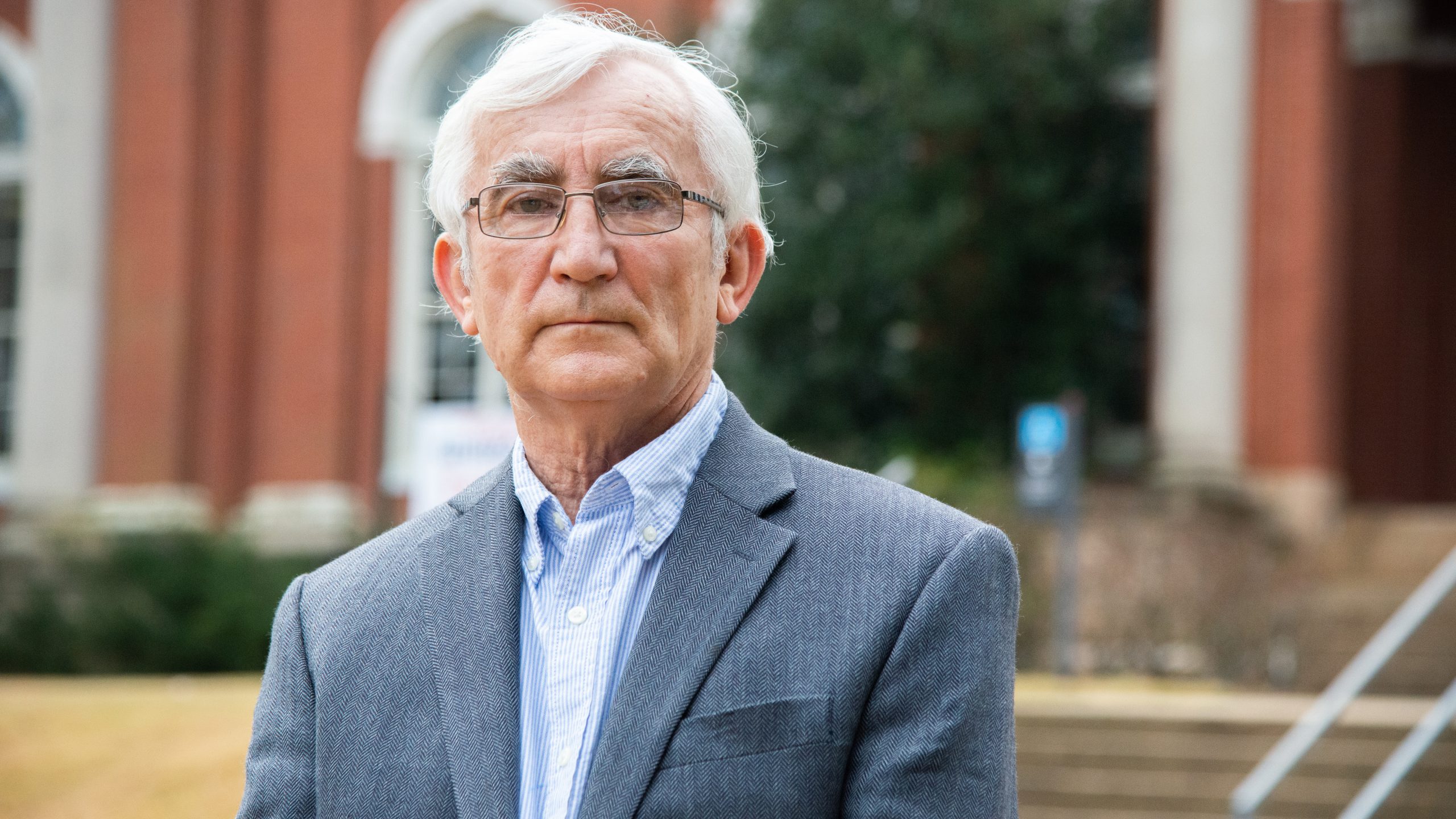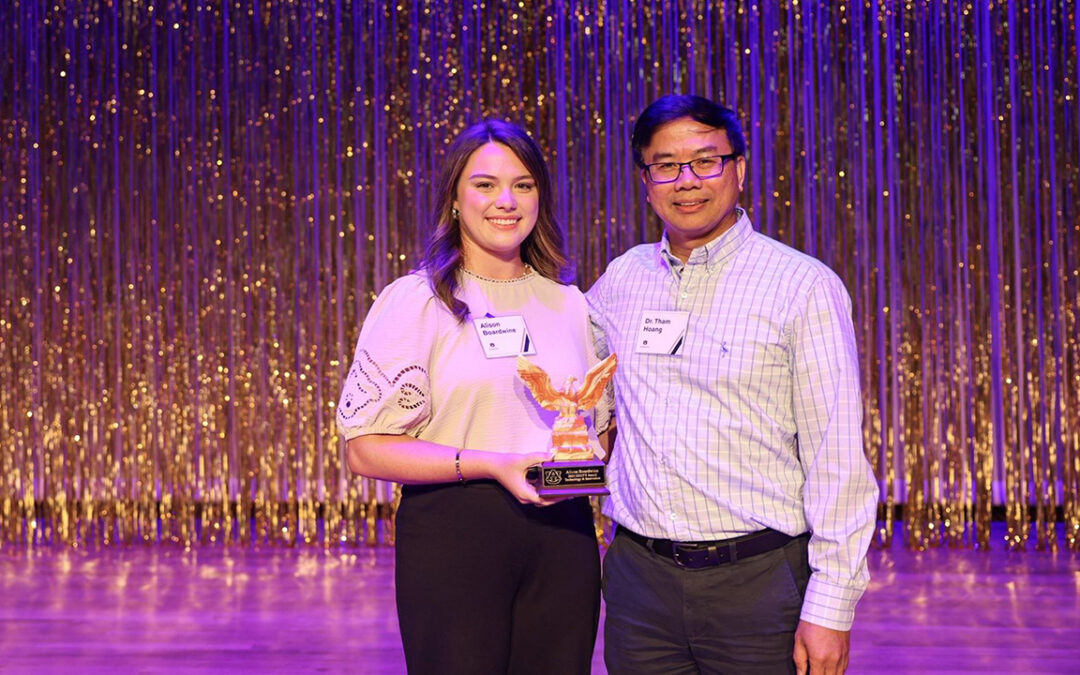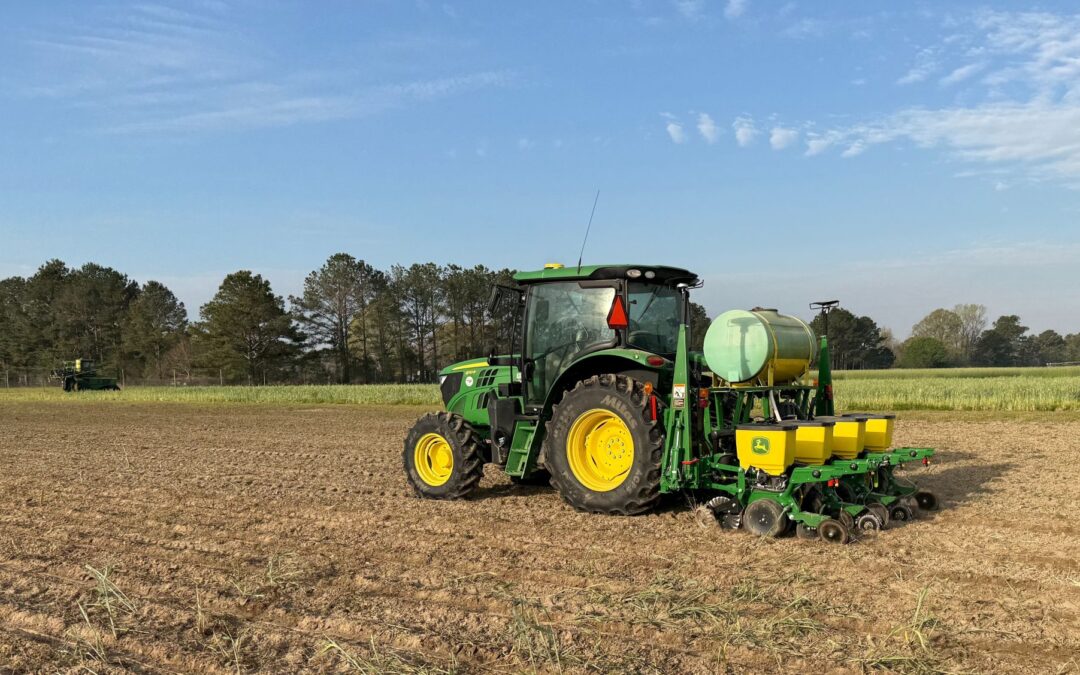While the rapid development and distribution of vaccines for preventing COVID-19 is a phenomenal advancement in the continuing battle against the virus, there are drawbacks, says an Auburn University professor.
“Vaccine production is costly and time-consuming,” said Jacek Wower, a professor of biochemistry in the College of Agriculture’s Department of Animal Sciences. “Vaccinations take time and money, require assistance from medical personnel and may be required every year.”
A cheaper and simpler solution, Wower said, is antiviral drugs.
Wower is the first co-author of a paper published recently in the journal, Communications Biology, that explores the use of an antiviral drug against SARS-CoV-2, the virus responsible for the coronavirus disease outbreak that originated in Wuhan, China, and has developed into a global pandemic.
“Antiviral drugs likely will work on many variants of the virus because the virus cannot readily modify the part of its components that are responsible for viral reproduction,” he said. “We need to remember that nature needed millions of years to develop the principal protein activities of SARS-CoV-2.”
Antiviral drugs — usually very small compounds that inhibit enzymatic functions — are one of three ways, including vaccines, of protecting people from the virus, Wower said. The third is by using monoclonal antibodies (produced in the laboratory, not in human bodies) to fight the virus at very early stages of infections.
The virus, he said, has an RNA genome that is protected by an “envelope” composed of a lipid bilayer and three structural proteins.
“The viral RNA genome encodes 28 proteins,” explained Wower. “Most of these proteins have specific functions that reproduce the virus and protect it from the human immune system. These proteins are called non-structural proteins.”
If you interrupt the functions of non-structural proteins with an inhibitor, you may be able to stop the virus reproduction and stop the progression of the disease, he said.
“Nsp15 protein is one such non-structural protein,” Wower said. “It protects virus production by interfering with the human’s innate immune response. The human body uses it immediately or within several hours after exposure to virus.”
In simple words, nsp15 activity allows the SARS-CoV-2 virus to hide from the cells that can trigger defensive actions of the human immune system.
“If nsp15 activity is blocked by an antiviral drug, the human innate immune system will destroy the virus and stop its reproduction,” Wower said. “Nsp15 is a protein, and like almost every other protein, it adopts a specific three-dimensional structure. The key to defeating nsp15 activity is finding a small molecule that will bind strongly to this protein and sit just right into one of its nooks and crannies.”
X-ray crystallography carried out by Andrzej Joachimiak and collaborators at the Argonne National Laboratory has revealed the detailed structure of nsp15.
There are two approaches to developing an antiviral drug, Wower said.
One can design and synthesize an antiviral drug from scratch, which is a costly proposition that not always produces a good drug. Or, an alternative and quicker approach is to find an existing drug and see whether it can do the job.
“We decided to use the second approach,” he said. “People expect results to come quickly, but research takes time.”
Computer-guided searches of drug databases suggested tipiracil, a compound approved by the FDA as a combination drug. It protects trifluridine that is used for the treatment of colorectal cancer.
Further studies demonstrated that tipiracil indeed can bind to nsp15, but the binding itself does not guarantee inhibition.
“My role was to devise an assay that would demonstrate that tipiracil inhibits nsp15 activity,” Wower said. “Relying on my 40 years of experience in RNA biochemistry, I synthesized a suitable RNA substrate necessary for the assay.”
The results of these studies were satisfactory but not satisfactory enough, he said. In vitro (in the tube), tipiracil inhibited the nsp15 activity but not extremely well.
The next question to be answered was: Would tipiracil inhibit reproduction of the virus in human cells? Since Auburn University does not have the lab facilities to grow SARS-CoV02, researchers turned to Professor Glen Randal from the University of Chicago’s Department of Microbiology.
Randal demonstrated that tipiracil alone may only slow down the progress of COVID-19.
“Not every research ends with an absolutely great outcome,” Wower said. “Often, more work is needed to achieve the desired result.”
This knowledge does, however, provide the insights necessary to produce an improved version of tipiracil that binds stronger to nsp15, is more easily delivered to infected cells and, in the end, inhibits progression of the COVID-19 pandemic.
The research project will continue, Wower said, with a focus on understanding the potential of the tipiracil binding site in nsp15 and analyzing complexes of the protein with other compounds.
“Once we know more about the inhibitor-binding site, then we can rationally add new parts to tipiracil to build a better drug,” he said.





